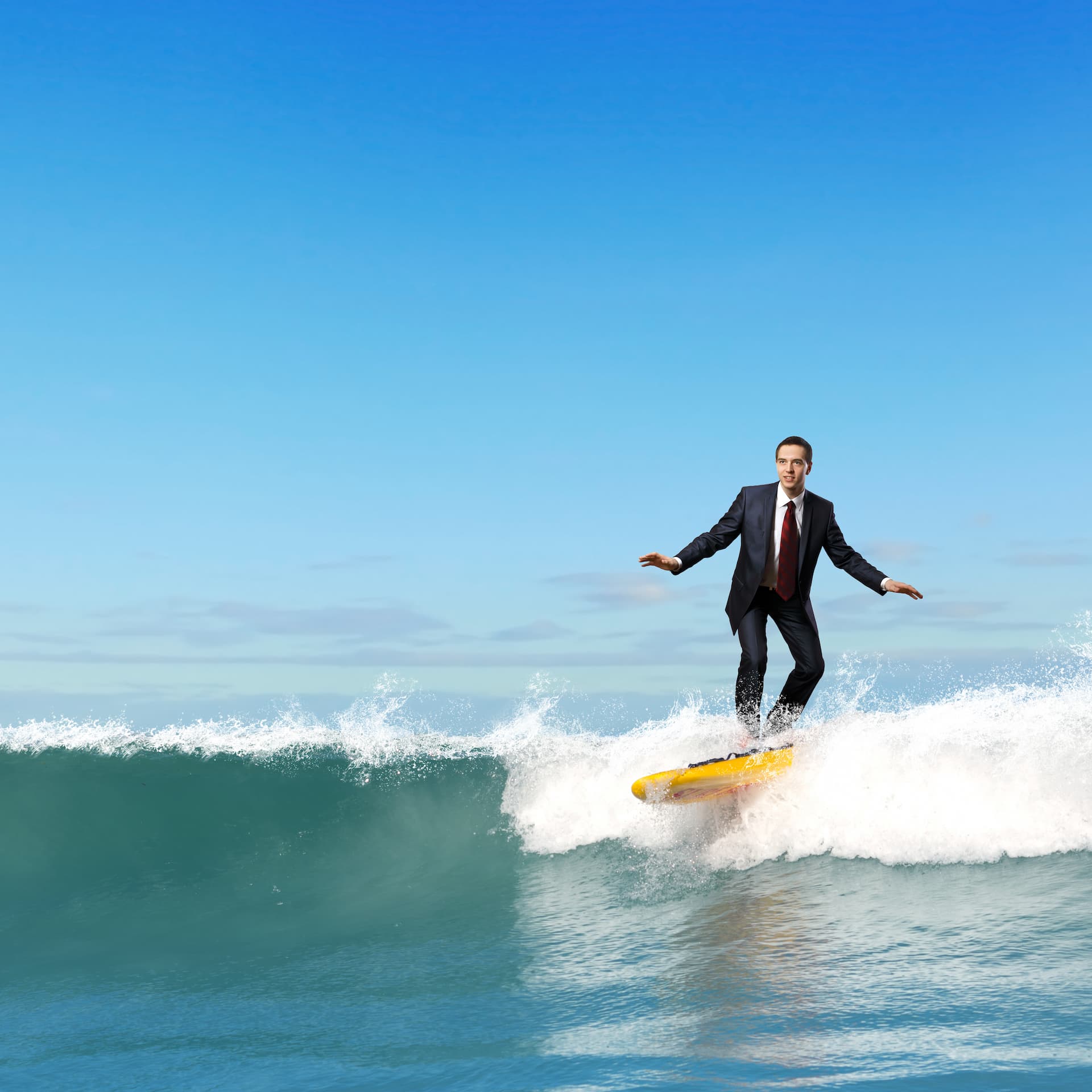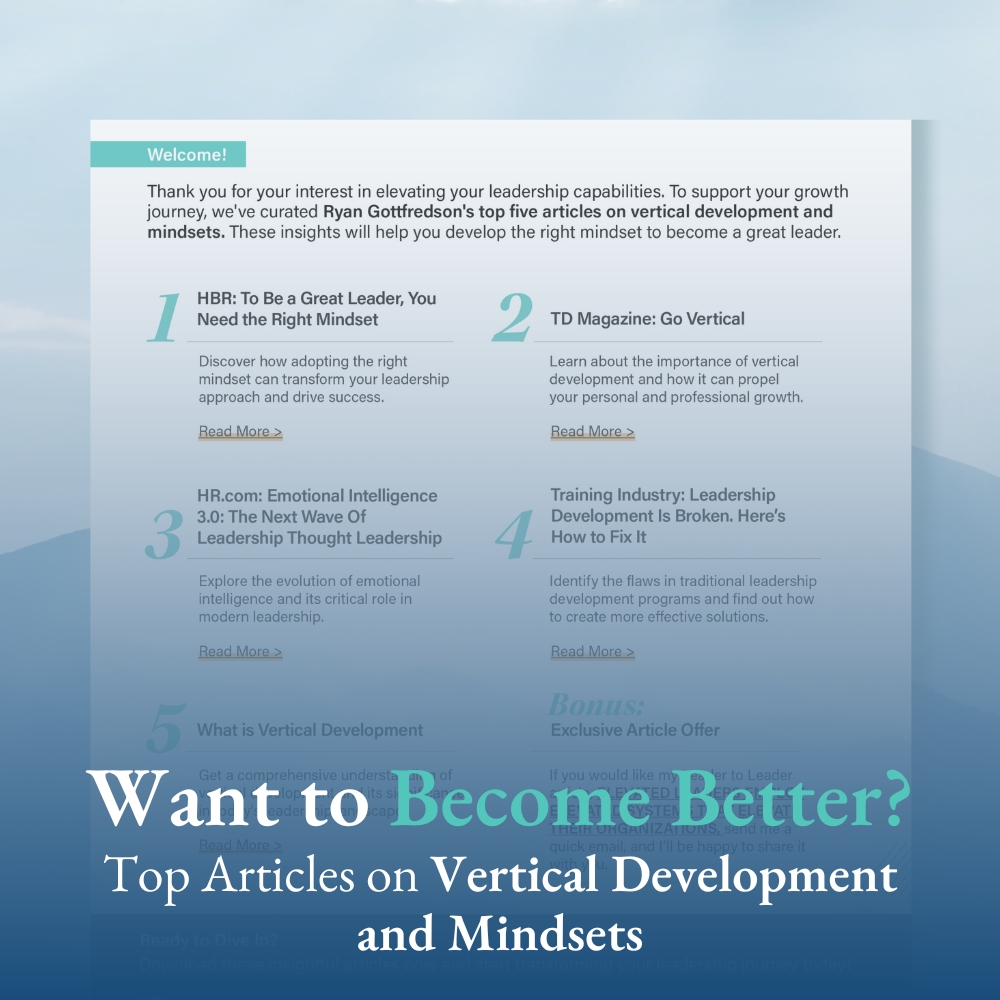This is the first of a series of articles that I will be writing to feature case studies of the development work that I have done with my past clients.
Though this case study, I will feature the work I did to elevate the executive team of a high-end hotel. The journey was both inspiring and transformative, leaving an indelible impact on the leaders, the team dynamics, and the organization as a whole.
The Initial Challenge: A Call for Elevated Leadership
My engagement began when the hotel’s General Manager (GM) approached me with a request to elevate the sophistication of his 10-person executive team. While the team wasn’t dysfunctional, he sensed unrealized potential. Several executives were young and relatively inexperienced, and though competent, they weren’t gelling as a cohesive unit. The GM believed that by investing in their leadership growth, the team could create a more engaging and impactful experience for their employees, ultimately driving the hotel to new heights.
Setting the Stage: Initial Awareness and Alignment
To initiate the transformation, I facilitated two half-day in-person sessions with the executive team. These sessions were designed to:
- Illuminate the concept of leadership sophistication (i.e., vertical development).
- Showcase how leaders can operate at varying levels of sophistication.
Through discussions and interactive exercises, the team gained a clearer understanding of their current leadership practices versus their ideal state. This awareness sparked an eagerness among the leaders to embark on a journey of personal and collective elevation. It was the spark we needed to ignite the process.
Monthly Masterclasses: Learning from Exemplary Leaders
Over the next four months, we met for two hours each month to study some of the world’s most sophisticated leaders: Satya Nadella, Alan Mulally, Ed Catmull, Indra Nooyi, and Reed Hastings. These sessions provided the team with a framework to explore elevated leadership in action. They analyzed case studies, discussed key insights, and reflected on how their own leadership styles compared to these exemplars.
This comparative analysis was a game-changer. It highlighted gaps in their leadership approach and clarified priorities for improvement. By the end of this phase, the team had a unified understanding of where they needed to focus their efforts: developing and infusing a clear, inspirational, and stakeholder-centric purpose into their organization.
Defining Purpose: Building a Unified Vision
Purpose became the cornerstone of our work. The team recognized that without a shared purpose, they lacked a unified direction. This absence of clarity was causing misaligned priorities and a lack of meaning in employees’ work. To address this, I guided the team through a five-month process to develop a purpose statement that was clear, inspirational, and aligned with stakeholder needs.
This process included:
- Executive Workshops: Interactive sessions to define the essence of their purpose.
- Stakeholder Engagement: Involving managers and employees to ensure the purpose resonated throughout the organization.
- Roll-Out Planning: Designing a phased roll-out strategy to embed the purpose into the organizational culture.
By the end of this phase, the team had crafted a purpose statement that truly reflected the hotel’s values and aspirations. They also developed a robust plan to sustain employee connection to the purpose over the following year.
The Transformation: Elevation at Every Level
The impact of this journey was profound, rippling through the individuals, the executive team, and the organization:
Individual Growth
The executives shifted from a mindset of managing their own units to embracing an organization-first perspective. They became more proactive, purpose-driven, and aligned in their priorities.
Team Cohesion
The executive team transformed from a disparate group of leaders into a unified, cohesive unit. They began collaborating more effectively, with a shared vision and mutual trust guiding their efforts. The GM’s aspiration of having a team that truly gelled was realized.
Organizational Impact
The ripple effect of elevated leadership sophistication was felt throughout the hotel. Employees experienced a renewed sense of purpose and meaning in their work. This energy translated into more engaged employees who were eager to contribute to creating exceptional experiences for guests. The hotel’s culture came alive in a way it hadn’t before.
Lessons Learned: The Power of Leadership Elevation
Reflecting on this journey, several key insights stand out:
- Awareness is the Catalyst: The initial sessions that illuminated different levels of leadership sophistication laid the groundwork for transformation. Awareness creates the motivation for change.
- Learning from the Best Inspires Growth: Studying exemplary leaders provided a tangible benchmark and practical inspiration for the team to elevate their own leadership practices.
- Purpose is a Unifying Force: A clear, inspirational purpose not only aligns the leadership team but also energizes the entire organization.
- Sustained Development Drives Results: Transformation requires commitment and consistency. The year-long engagement ensured that the changes were embedded and sustainable.
Conclusion: Elevating Leaders, Elevating Organizations
This experience reaffirmed a fundamental truth: when we elevate the sophistication of an organization’s leaders, the entire organization rises with them. Leadership development is not just a process of personal growth; it’s a strategic investment in the organization’s future.
For this high-end hotel, the journey of elevating leadership sophistication has positioned them to achieve even greater levels of success. Their leaders are now equipped to inspire their teams, align their efforts, and create a culture that delivers exceptional value for employees and guests alike.
What possibilities could unfold if your leadership team embraced this journey of elevation? The answer may transform your organization’s trajectory, just as it did for this remarkable hotel.











One Response
It benefited me a lot thanks.